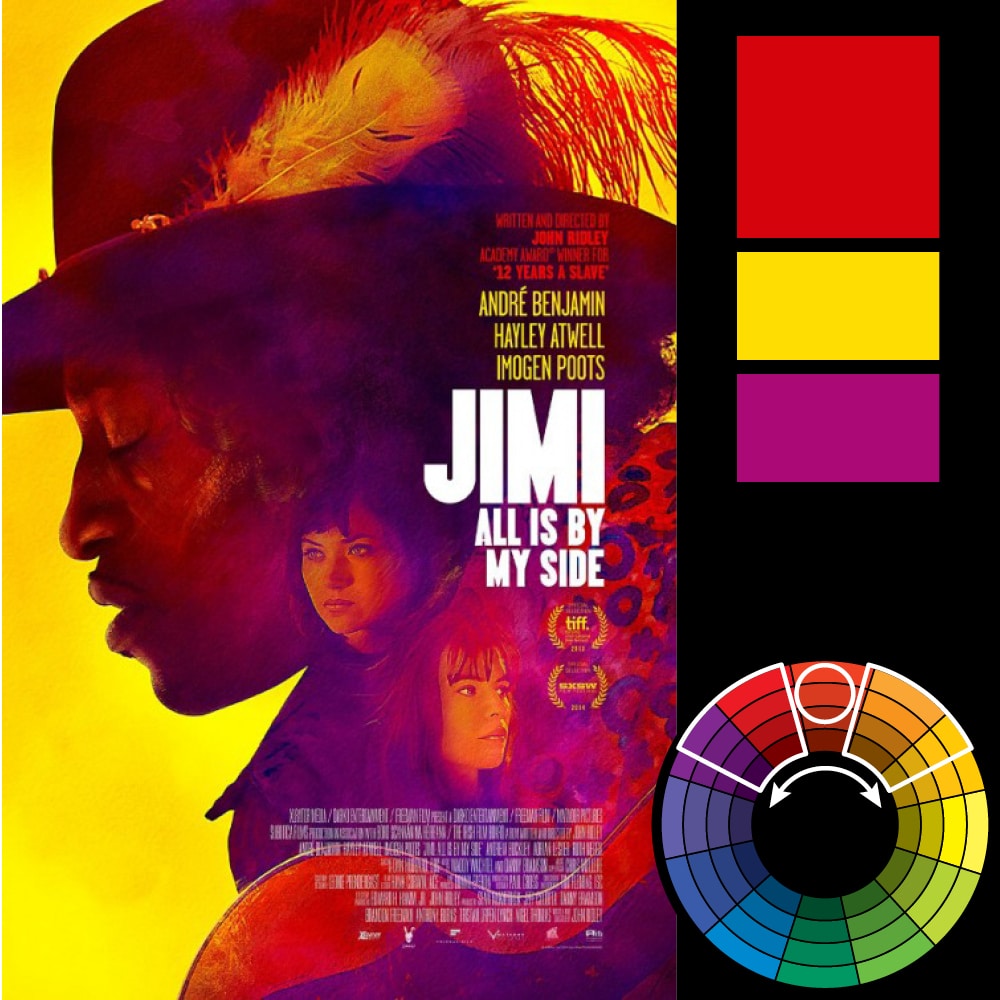
If you didn’t, here’s a quick synopsis of what color theory is all about.Ĭolor theory describes the guidelines that designers use to create desired visual effects. Carrying the color to the ceiling can enhance that vibe even more.If you studied art or graphic design in college, you may have taken a color theory or psychology of color course. These colors work well in a bar or butler's pantry because they set the mood for relaxing and having fun. 'I love using deeper, moodier hues in an analogous color scheme such as violet, indigo, and teal. ' I love using analogous color schemes,' says Maggie. This example is from Maggie Clarke Interiors. For this reason, we'd recommend putting cooler tones in your home if you'd like to go with an analogous scheme.' 'In addition, warmer colours, while being inspiring and exciting, are often associated with danger - again, in the natural world the most dangerous animals and plants are often brightly coloured. Blues and greens also remind us of nature, which is particularly popular at the moment - we only need to look at the current trend of biophilia to show this. 'This is the same reason why some fast food establishments paint their rooms in warm colours - they want people in and out in a short amount of time. 'Naturally, people tend to associate stereotypically cooler tones to be more relaxing (think of green rooms), and warmer tones to feel more energetic,' explains Cigal Kaplan of the eponymous interior design studio. One main analogous color grouping that is often seen in interior design is the use of blues, greens, purples and teal shades - cool colors that sit on the cooler side of the color spectrum. (Image credit: Stefanie Rawlinson Photography. 'Whilst in smaller rooms an analogous colour scheme can prove creativity and adds visual interest to the space.' Cool color groupings 'In a large room, the colour scheme can accentuate the space, projecting coordination and interior flair,' says Ian Cameron, creative director at Cameron Design House. 30 percent will be your accent features like rugs, bedding, chairs, and 10 percent is the art, accessories and cushions.' Where in the house to use an analogous color schemeĪn analogous colour scheme can work well in both small and large-scale rooms. 'Think about using the main color - or 60 percent of the space - on the walls or large furniture. 'If you're looking for guidance, the 60-30-10 rule is a great rule of thumb to help ensure balance.' This rule dictates that when you're dividing up color, 60 percent of the scheme should be one color, 30 percent should be a second color, and 10 percent should be a third accent color. 'This analogous way of decorating is best suited to a room where you wish to layer multiple textures and accessories,' says Emma.Įmma also advises being mindful of proportions and dimensions. So how do you adopt an analogous color scheme in our own home? Think about using soft furnishings and textiles to create your analogous mood. It’s naturally pleasing to the eye.' How can I use an analogous color scheme? 'Or, a peacock with its incredible indigo, teal and green feathers. 'In the natural world, you just have to look at a sunset and enjoy the red seeping into the orange and yellow peachy hues,' says Emma from YesColours.

Studies have shown being in nature has a soothing and revitalizing feeling on the body, so it's about replicating this in the home. The color psychology behind this theory is that an analogous story often relates to how we see things in nature, like the variation in color of plants, terrain, water, and flowers.


 0 kommentar(er)
0 kommentar(er)
